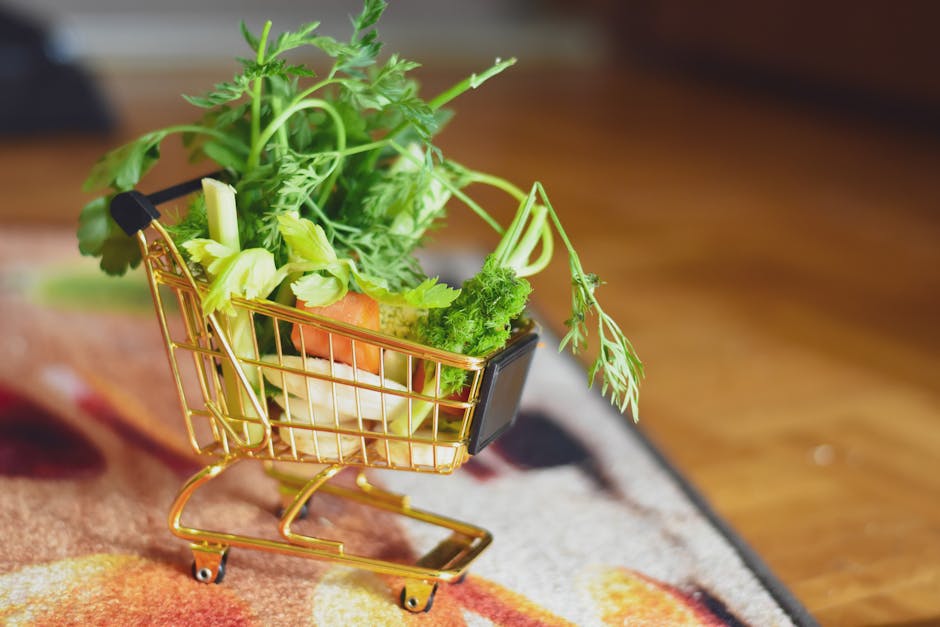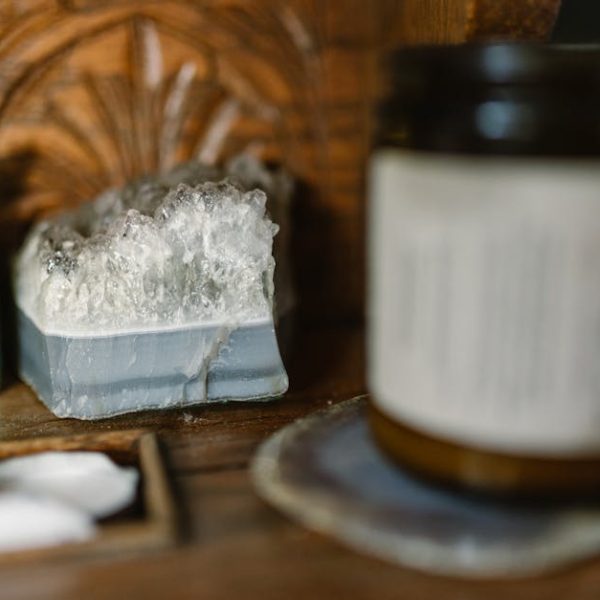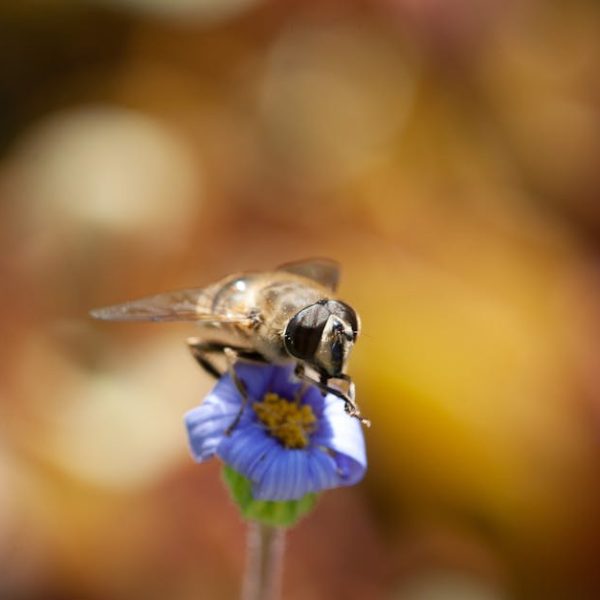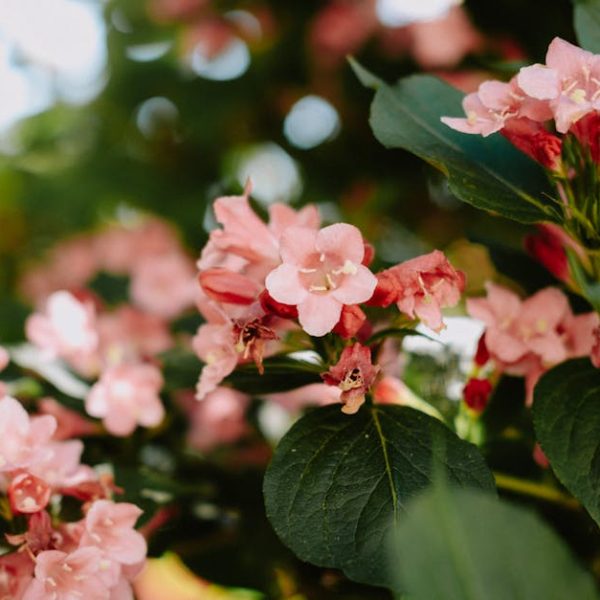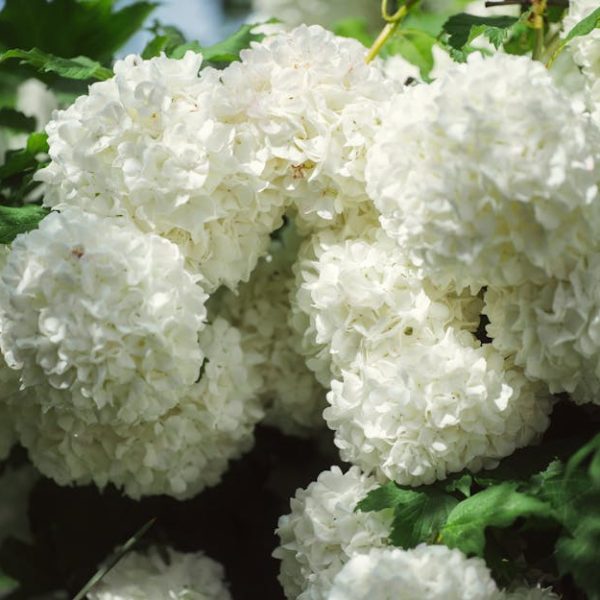When growing carrots in containers, the type of pot you choose can play a significant role in how well your carrots develop. Here are some key factors to consider:
- Size: Carrots need depth to grow, so select a pot that is at least 10-12 inches deep. Make sure it is also wide enough, as too small a pot can constrict growth and lead to misshapen carrots.
- Material: Decide between plastic, terracotta, or ceramic pots based on your gardening preferences. Plastic retains moisture well and is lightweight, but terracotta and ceramic options are more durable and offer better insulation against temperature fluctuations.
- Drainage: Good drainage is essential to prevent waterlogged soil, which can harm the carrot roots. Ensure your choice of a container has several drain holes at the bottom.
Best Practice: Whenever possible, use a round container as it provides even space for carrot growth and better simulates traditional garden conditions.
Preparing the Container for Planting
Planting in containers first requires appropriate preparation:
- Clean your container well, removing any residual dirt or debris.
- Fill the pot with loose and well-draining soil. If you are recycling old soil, refresh it with organic compost or a potting mix.
- Anchor a layer of small pebbles or coarse sand at the bottom for excellent drainage.
Pro Tip: For an extra boost, mix some sand into your potting soil to improve texture and drainage, enabling your carrots to push down more easily.
Planting Carrots in the Container
Planting carrots in a container is quite straightforward.
- Drop the carrot seeds gently in the soil about 1/4 inches deep.
- Be sure to space them about two inches apart to give each carrot ample room to grow.
- Cover the seeds with a layer of soil and water gently.
- Place the container in a sunny location; carrots will need about 6-8 hours of sunlight each day.
Comparison: Contrary to in-ground gardening that requires extensive soil preparation and more space, pot gardening allows you to control the environment better, and it’s easier to monitor and treat any pest or disease issues.
Pro Tip: Plant a fresh batch of seeds every two weeks to ensure a steady supply of carrots throughout the season.
Now that your seeds are planted, the work doesn’t stop here. Your carrots need diligent care and the right conditions to flourish.
Caring for Carrots After Planting
Your carrots will require regular maintenance and watchful eyes to promote healthy growth. With proper care, you’ll be harvesting your homegrown carrots in no time.
- Water your carrot plants sparingly but regularly. Ensure the top inch of soil is consistently moist.
- Monitor the sunlight exposure. A minimum of 6-8 hours a day is ideal. Too much heat can cause the roots to become woody; too little sunlight can stunt their growth.
- Thin out the seedlings once they’re about 2 inches tall, ensuring there is enough space between them. This allows the carrots to grow without being crowded by their neighbours.
- Regularly check for pests and diseases. Fungus gnats, aphids, and carrot fly are common pests that can affect container-grown carrots.
Checklist:
- Water regularly
- Ensure adequate sunlight
- Thin out the seedlings
- Watch out for pests and diseases
Best Practice: Early detection of pests and diseases can prevent an infestation that could compromise the health of your carrots. Regularly check under the leaves and at the base of the plant for signs of infestation.
Harvesting and Storing Carrots
Awaiting the harvest is a thrilling experience, especially when it’s time to pull out the carrots you’ve worked so diligently to grow.
- Your carrots should be ready for harvest in about 70-80 days after planting.
- To see if your carrots are fully grown, loosely brush away the top layer of soil to reveal the top part of the root.
- Harvest the carrots by carefully pulling on the green tops. Be gentle to avoid breaking the carrot in the soil.
- Once harvested, brush off any remaining soil, leaving a small amount on to help maintain moisture.
After harvesting, proper storage helps to extend the lifespan of your carrots.
- Trim the greens down to about an inch above the carrot to prevent them from drawing moisture out of the root.
- Store in a cool, humid place, ideally in the refrigerator crisper drawer.
- For long-term storage, consider placing the carrots in a box with sand and storing them in a cool, dark place like a basement or cellar.
Pro Tip: Carrots store more efficiently in the ground or pot over winter. If you are in no rush to consume or take advantage of the cool storage, leave them in until needed.
Key Takeaway:
- Carrots can be easily grown in containers if the right considerations are made in regards to the type and size of the pots or containers.
- Proper preparation of the container, including ensuring good drainage quality and using sand-mixed soil, can significantly contribute to the successful growth of carrot plants.
- Direct planting of seeds in the container and appropriate sunlight, along with proper watering, are essential to the healthy growth of the plants.
- Thinning out seedlings, regular inspection for pests, and maintaining suitable care are necessitated to foster strong yields.
- Lastly, knowing when and how to harvest correctly and employing apt storage techniques can help in maximizing the yield.
Growing carrots in containers might seem complicated at first, but with a clear understanding and application of the right growth and care techniques, it is certainly manageable. Cultivating patience and attentiveness towards your tiny herbaceous plants can reward you with a steady supply of fresh, homegrown produce.
FAQs
Q: What type of carrot seeds are best for container gardeners?
A: Smaller varieties often do best in containers. Baby carrots or half-length varieties are a good choice for pot growth due to their compact size and lessened depth requirement.
Q: How often should I water my carrot plants in a container?
A: Water your container carrots regularly, ensuring the top inch of soil is never dry. Depending on the weather and sunlight exposure, this might mean watering them daily or every other day.
Q: Can I grow carrots indoors in containers?
A: Yes, carrots can be grown indoors in containers as long as they receive adequate sunlight, preferably from a south-facing window, or you can supplement with artificial grow lights.
Q: What common pests and diseases should I watch out for when growing carrots in containers?
A: Look out for pests like aphids, leafhoppers, carrot flies, and disease issues such as carrot rot, leaf blight, and powdery mildew, among others. Early detection can prevent more extensive damage.
Q: How many carrot plants can I plant in one container?
A: The number will depend on the size of your container. On average, plan for approximately 1 plant per every 2 inches of container diameter to allow for proper growing space.
Enjoy exploring more gardening tips on our website and don’t hesitate to share this article with others in your community who may find it useful.
